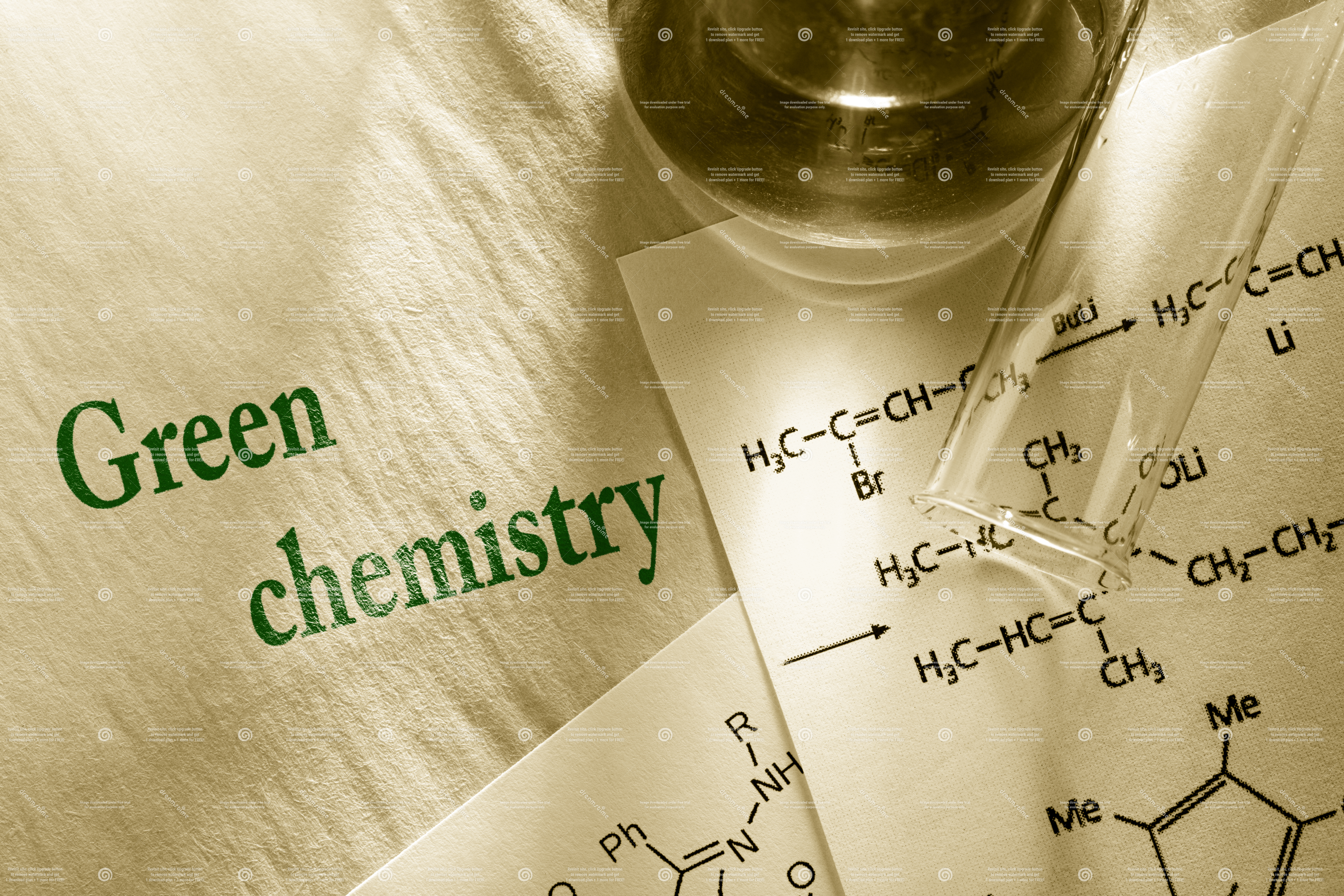The Chemistry & Materials Technology Research Page
Polymer Hall of Fame
In this section we profile some of the greatest Chemists and Polymer Scientists.
Leo Bakeland

Charles Goodyear

Wallace Hume Carothers

Herman Staundiger
Paul J. Flory
Introduction
The Chemistry and Materials Research Page is dedicated to intellectual topics in the areas of Chemical Engineering, Chemistry, Organic Chemistry, Polymers, Biomaterials, Nanotechnology Materials, Cell Biology, Immunology, Additive Manufacturing/3-D Printing, Custom manufacturing of Specialty Chemicals, Green Engineering and Sustainable Chemistry and Sustainable Manufacturing.
The intent is to explore contemporary topics in the areas of Chemistry, Materials Science, Materials technology, Cell biology/Biological Sciences and any other relevant areas in emerging science.
Basis of Materials
The arrangement of atoms in materials determines the ultimate property of materials. It's therefore crucial that there's a fundamental understanding of intermolecular bonding in materials as a prescursor to understanding ultimate chemical and phyiscal properties of materials.
Cellular Biology of Materials
Materials must be demonstrated as exhibiting the desired cellular biological properties.Some materials are intended to elicit advantageous cellular reactivity that supports material implantation or host material acceptance. Failure to adequately tailor material properties to conform with required material cellular properties cloud result in undesirable outcomes such as an inadequate biocompatability profile that could lead to material toxicity or cellular damage (carcinogenicity) via negative DNA interactivity.
Testing of Materials
Testing materials to ensure materials meet desired chemical, physical and biological properties is key in ensuring that materials are suitable for their intended purposes and can be availed for human/biological uses and industrial uses.
Green Manufacturing of Materials
The use of inert chemical methods, solvents and catalysts to ensure that manufacturing of materials proceeds in a manner that is least adversorial to the enviroment, including ensuring that manufacturing methods employ methods and agents that are least toxic to humans, animals and the enviroment is a key goal in ensuring sustainable green manufacturing.
The 12 Principles of Green Engineering
The 12 principles of Green Engineering iclude the following:
Designers need to strive to ensure that all material and energy inputs and outputs are as inherently nonhaz-ardous as possible. It is better to prevent waste than to treat or clean up waste after it is formed. Separation and purification operations should be designed to minimize energy consumption and materials use. Products, processes, and systems should be designed to maximize mass, energy, space, and time efficiency. Products, processes, and systems should be “output pulled” rather than “input pushed” through the use of energy and materials. Embedded entropy and complexity must be viewed as an investment when making design choices on recycle, reuse, or beneficial disposition. Targeted durability, not immortality, should be a design goal. Design for unnecessary capacity or capability (e.g., “one size fits all”) solutions should be considered a design flaw. Material diversity in multicomponent products should be minimized to promote disassembly and value retention. Design of products, processes, and systems must include integration and interconnectivity with available energy and materials flows. Products, processes, and systems should be designed for performance in a commercial “afterlife”. Material and energy inputs should be renewable rather than depleting.
Chemistry Topics
This section reviews Chemistry topics of interest including bonding in molecules and materials.Microstructural properties resulting from chemical bonding.Mass transfer properties, crystallization and other molecular architectural concerns.
NIST Molecular Characterization
American Chemical Society(ACS)

Cell Biology Topics
In this section we review contact of chemistry materials with the cell and the resultant consequences such as biological reactivity/biocompatability, immunological properties, DNA interactions, toxicology , nanotoxicology, carcinogenicity.
NIH Cell Biology Research
Nature Immunology

Manufacturing Topics
This section explores contemporary manufacturing topics of interest including 3-D printing of polymers and resultant chemical and physical properties and physiochemical characterization and mechanical/physical testing.
Stratasys 3-D Printing
BASF Chemistry





